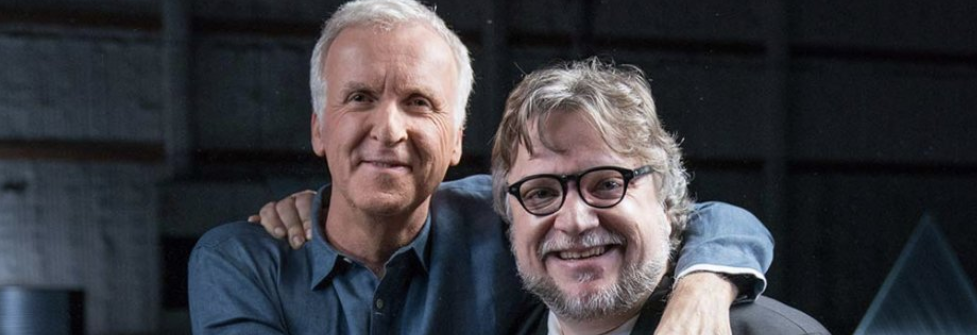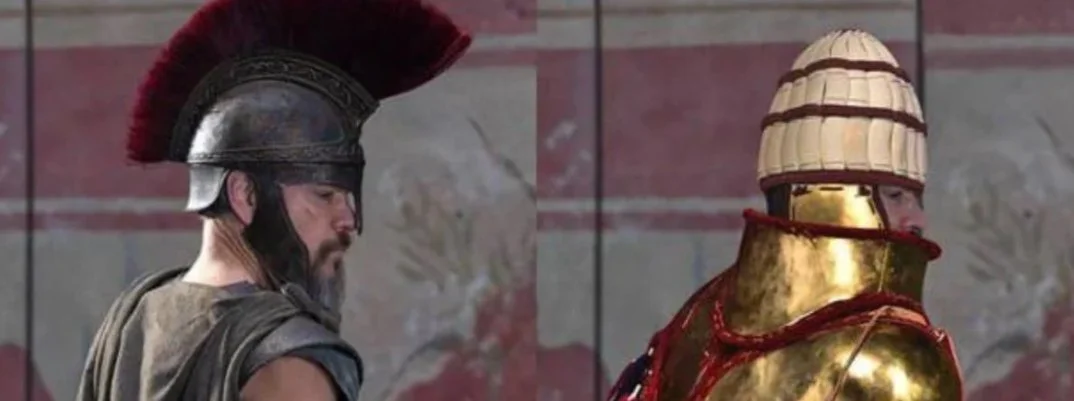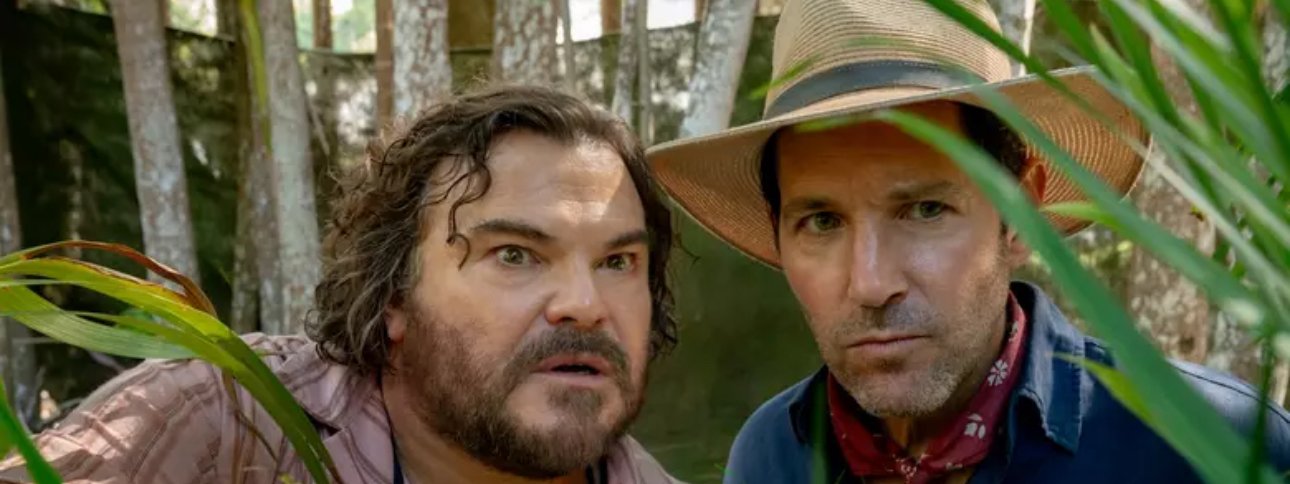Quentin Tarantino was just 6 years old and living in Los Angeles when Charles Manson sent his gang of toxified flower children to murder Tate and four others at the home she shared with husband Roman Polanski. At the time of her death, she was eight-and-a-half months pregnant. There is absolutely no chance that Tarantino doesn’t remember that time, even at a young age. The Manson murders are credited as changing the landscape of American society and culture.
The way Tarantino tackles the impending doom of the murders in “Once Upon a Time … in Hollywood” has the audience feeling the urgency of every moment. It’s all accompanied by a beautifully chosen soundtrack evoking late ‘60s flower power. Of note; the opening track of the film is Roy Head’s fantastic soul groove, “Treat Her Right,” not only the earliest song used in the film but also one evoking a clear message at the start. This is the most personal movie of Tarantino's career. You can feel the effect the Manson murders must have had on a 6 year-old QT living in 1969 L.A.
Of course, one cannot necessarily write a concise and plot-filled review of the film because, right before the screening began, a Cannes rep came on-stage at the DeBussy theater to read a letter Tarantino had sent to journalists pleading for us not to reveal plot details of the film. Fair enough, but know this: “Once Upon a Time … in Hollywood” is an ambitious, maddening, but beautiful film from Tarantino.
The main character of the film, Rick Dalton (Leonardo DiCaprio) is a TV actor from the ’50s and early ’60s who wants to break into cinema – but his only options to play lead seem to be in Italy, where Leon-esque spaghetti Westerns are thriving. Rick’s always had his stunt double, Cliff Booth (Brad Pitt), by his side—a highly-confident and fairly lethal stunt double who even manages to beat-up Bruce Lee after an on-set quibble they had.
Pitt, a legitimately great actor who has barely had his shot at Oscar glory may have very well found the role to nab him his first win. His Cliff Booth damn-near steals the show, especially in an eerie set-piece taking place at the vast and desert-like Manson compound. DiCaprio, on the other hand, always the impressive actor, delivers less subtle but nevertheless solid licks as Dalton, an actor driven by fame but not finding it anywhere but in Italy. The draggier parts of the film revolve around DiCaprio, especially when he and Rick split up for the day. Tarantino, ever the meta movie fan, seems to overindulge his inner fanboy by showing us, at length, many of Dalton’s on-set scenes.
Tarantino’s recreation of the Hollywood of 1969 is absolutely gorgeous to behold; this is his interpretation of what he must have witnessed back in the day when strolling down the streets of Hollywood Boulevard and soaking up all the Neon bright signs of his childhood.
Of the supporting turns, Margot Robbie’s Sharon Tate has the most screentime (about half hour or so). Despite the lack of scenes, she’s the heart and soul of this film. Her Tate is the most humane and resonant character of the entire movie. Almost every scene she’s in is heartbreaking to watch, knowing her fate in real life and wondering if Tarantino is reserving that sequence of events for this movie. If anything, one can understand now why Tate’s sister has publicly supported this film and its depiction of Tate; parts of it can be described as nothing short of a miniature love letter to the actress. Other excellent supporting turns, lasting not more than 10 minutes or less, include a harrowing role from Bruce Dern, and the excellent Margaret Qualley as flirtatious Manson hippie Pussycat.
Also, unlike ‘Django’ ‘Basterds,’ and, really, any of Tararntino’s movies post-Jackie Brown, the film takes its time to build up atmosphere and character. This may very well irk some of his newer fans, but for all of us who fell for QT’s cinema back in the 1990s, it is an absolutely welcome, back-to-the-basics structure, juggling a mosaic of characters and story-lines and eventually stringing them together for a relentlessly playful and touching finale.





